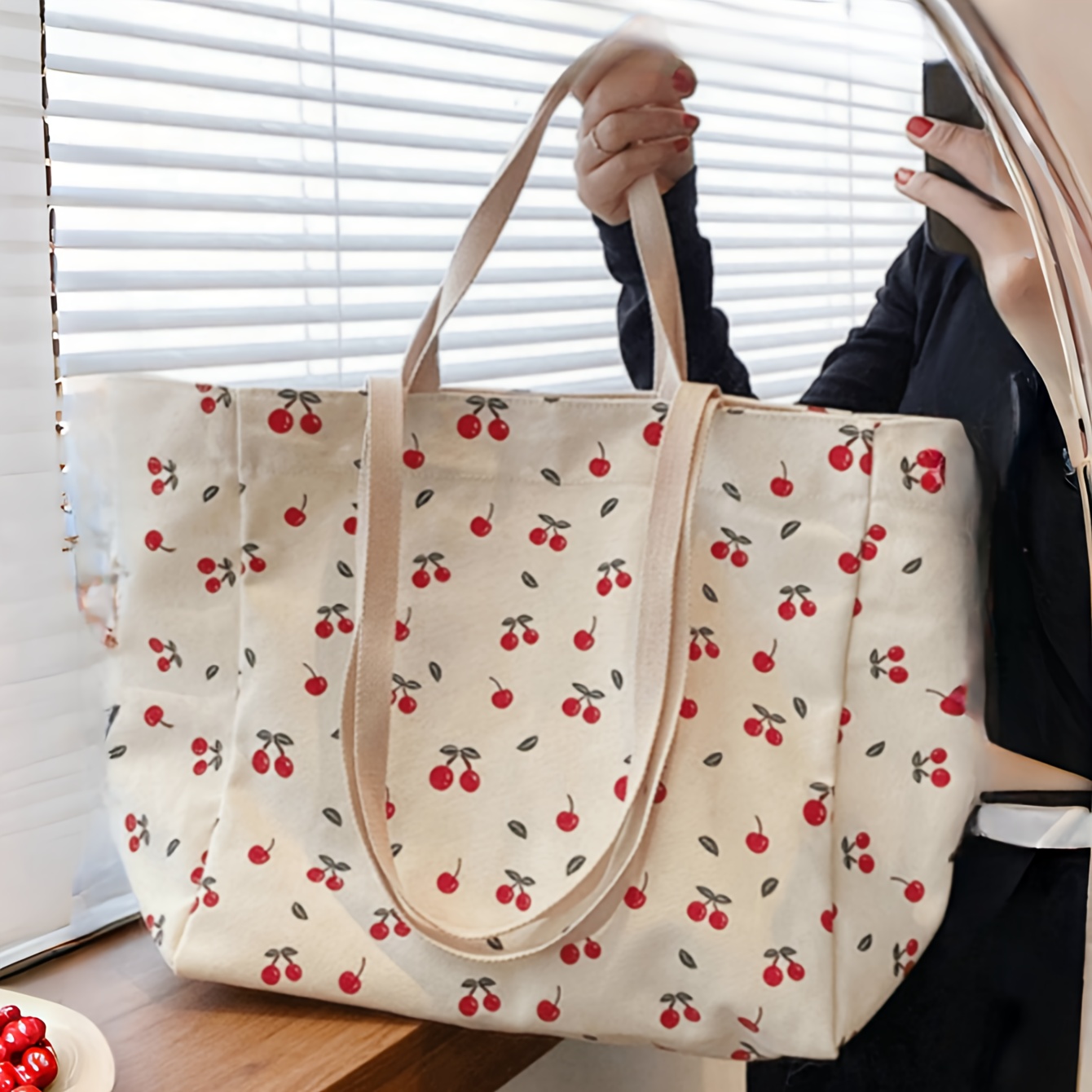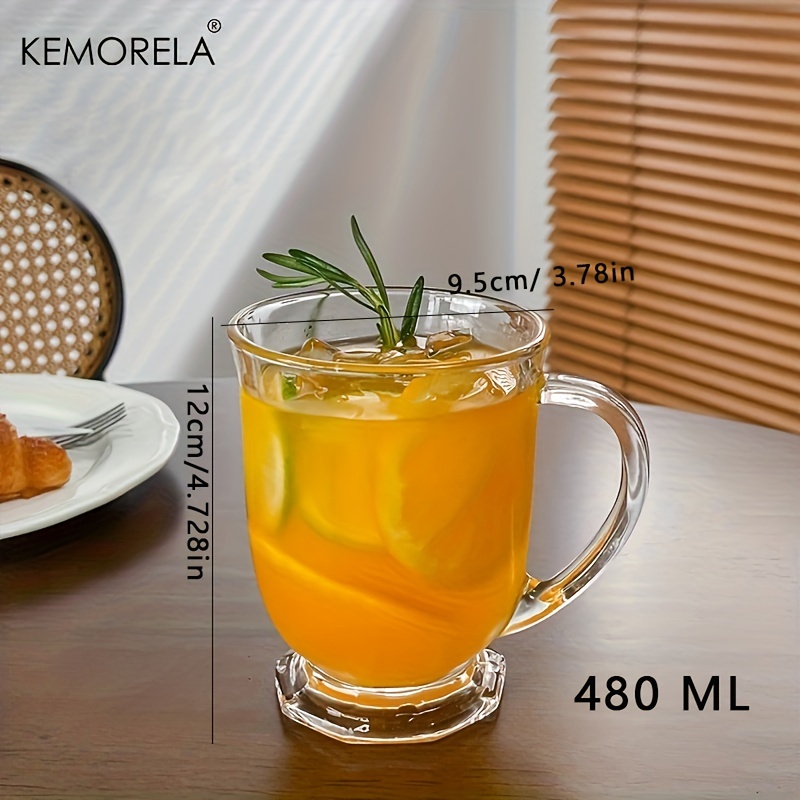Acne, a common skin condition, affects millions of people worldwide, especially during their teenage years. While most acne cases are mild and can be easily treated, some individuals experience a more severe and painful form known as cystic acne. Cystic acne can significantly impact a person's self-esteem and quality of life, making it essential to understand its causes, symptoms, and potential treatments. In this article, we will delve into what cystic acne is and explore ways to manage and prevent its occurrence.
Understanding Cystic Acne: What Sets It Apart?
Acne occurs when hair follicles become clogged with dead skin cells, excess oil, and bacteria, leading to inflammation and the formation of pimples. Cystic acne is the most severe type of acne and stands out due to its deep, painful, and often large, pus-filled cysts that form under the skin. Unlike typical pimples that stay relatively close to the skin's surface, cystic acne lesions develop deeper within the skin tissue.
Causes of Cystic Acne: Unraveling the Triggers
Several factors contribute to the development of cystic acne:
- Hormonal Imbalance: Hormonal fluctuations, particularly during puberty, menstrual cycles, or hormonal disorders, can stimulate the overproduction of oil (sebum), leading to clogged pores and acne formation.
- Genetics: Family history can play a role in predisposing individuals to cystic acne. If your parents or close relatives have experienced severe acne, there is a higher likelihood of you developing it as well.
- Increased Sebum Production: People with oily skin types are more susceptible to cystic acne. The excess sebum created by the sebaceous glands can clog pores, providing an ideal environment for bacterial growth.
- Bacterial Infection: Propionibacterium acnes, a type of bacteria, naturally resides on the skin. When trapped in clogged pores, it can multiply and cause inflammation, leading to cyst formation.
- Diet and Lifestyle: While not directly causing cystic acne, a diet high in refined sugars, dairy, and unhealthy fats may exacerbate acne-prone skin. Stress and lack of sleep can also trigger hormonal changes that worsen acne.
Recognizing Cystic Acne: Symptoms and Identification
Cystic acne lesions are distinct and easily identifiable. The key symptoms include:
- Large, Painful Bumps: Cystic acne lesions are deeper and more painful than typical pimples. They appear as large, swollen bumps beneath the skin's surface.
- Red and Inflamed Skin: The affected area surrounding the cysts may become red, swollen, and tender to the touch.
- White or Yellow Pus: Cystic acne is often characterized by the presence of pus-filled cysts. Squeezing or attempting to pop these cysts can lead to further inflammation and scarring.
- Scarring and Hyperpigmentation: Due to the severity of cystic acne, scarring and dark spots (hyperpigmentation) may persist even after the active acne has cleared.
Managing Cystic Acne: Treatment Options
Addressing cystic acne requires a comprehensive approach, and seeking advice from a dermatologist is highly recommended. Some common treatment options include:
- Prescription Medications: Dermatologists may prescribe oral antibiotics to reduce inflammation and kill bacteria. Hormonal treatments like oral contraceptives or anti-androgens may be considered for women with hormonal imbalances.
- Isotretinoin (Accutane): In severe cases, dermatologists may recommend isotretinoin, a potent oral medication known for its effectiveness in treating severe acne. However, this medication comes with potential side effects and requires close monitoring by a medical professional.
- Topical Treatments: Prescription-strength creams or gels containing ingredients like retinoids, benzoyl peroxide, or salicylic acid can help unclog pores and reduce inflammation.
- Intralesional Corticosteroid Injections: For particularly painful cysts, dermatologists may administer corticosteroid injections to rapidly reduce inflammation and promote healing.
Preventing Cystic Acne: Skincare Tips
While cystic acne may not always be preventable, adopting a consistent skincare routine can help reduce its occurrence and severity:
- Gentle Cleansing: Cleanse your face twice daily with a mild, non-comedogenic cleanser to remove dirt, oil, and impurities without over-drying the skin.
- Moisturize: Use a light, oil-free moisturizer to keep the skin hydrated without adding excess oil.
- Avoid Touching the Face: Touching your face can transfer bacteria and irritate the skin. Refrain from squeezing or picking at acne lesions to prevent further inflammation and scarring.
- Sun Protection: Protect your skin from harmful UV rays by wearing sunscreen daily. Look for non-comedogenic and oil-free options to avoid clogging pores.
Cystic acne is a severe skin condition that can significantly impact an individual's physical and emotional well-being. Understanding its causes, symptoms, and treatment options is crucial for managing and preventing its occurrence. While cystic acne may require professional intervention, maintaining a consistent skincare routine and leading a healthy lifestyle can help improve overall skin health and reduce the likelihood of severe acne breakouts. If you or someone you know is struggling with cystic acne, seeking advice from a dermatologist is the first step towards achieving clear and healthy skin.














Post a Comment